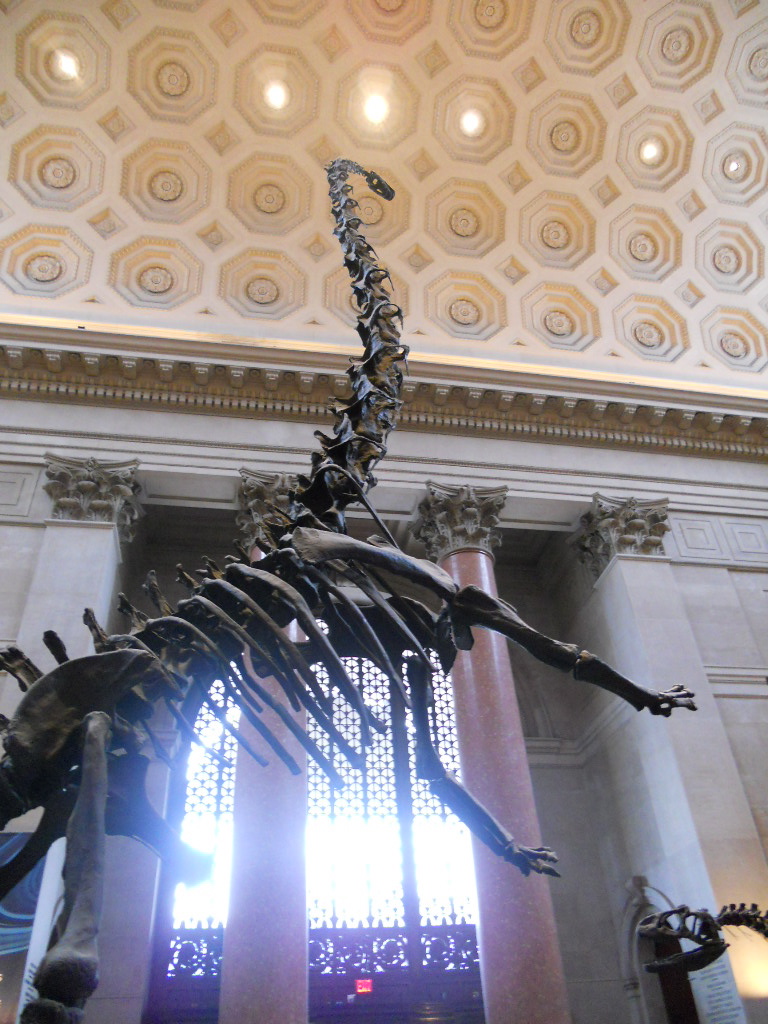by Gracie Price, Museum Studies Student at the University of Reading
We are very lucky in Reading to have many different museums in the town, covering a variety of subjects. There are eight museums within Reading (one is slightly outside the town however) and so far, I have managed to visit five of these and volunteer in two of them. Reading museums are benefiting from lots of renovation projects, which are improving the access to these museums for the public.
 The Museum of English Rural Life
The Museum of English Rural Life
This is the first museum I visited when I started studying at Reading – mainly because we have the pleasure of using the building for our lectures and as I work in the front of house team there. The Museum of English Rural Life (The MERL) reopened last year after a redevelopment funded by the Heritage Lottery Fund. The museum tells the story of rural life in England and has a gallery highlighting some of the Ladybird book art work collection. The MERL is an excellent place for us to learn about museums and we often get ‘behind the scenes’ tours and talks from museum staff.
Reading Museum
Reading Museum is in the centre of the town in a beautiful historic building shared with the town hall. The museum is currently in the process of redeveloping their Abbey Quarter gallery, but it is remaining open alongside the work. The museum has galleries covering a range of subjects including Silchester Roman town, Huntley and Palmers biscuits, Natural History, and the Bayeux Tapestry. One of the main things the museum is known for is their loans box service which started in 1911, the service offers boxes of objects to schools and groups for use in educational activities and they now have 1,500 boxes available.
The Cole is the second museum I volunteer in which is housed on campus at the University. Here I work with the microscope slide collection working to catalogue and organise the collection to improve access for researchers. We recently had a large increase in our volunteer force as the museum will be moving to a new building in 2019, so work is underway designing new displays, cataloguing the collection, and most importantly, to fundraise for the move. The museum was established from the collection of zoology lecturer Francis J. Cole in the 20th century and contains around 3,500 specimens, of which around 400 are on display at any one time. The star of the museum however is the complete male elephant skeleton who greets visitors as they enter the museum – he may also be the hardest one to move when it comes to it too!
Royal Berkshire Medical Museum
Housed in a building just off the Royal Berkshire hospital the Medical Museum provides a compact exploration of the history of medicine. The museum is run by volunteers and is opened on the second and fourth Sunday of the month for visitors and I would suggest you visit. The collection contains many examples of medical equipment and medicines including an iron lung used in the museum and a jar of live leeches. The volunteers are very knowledgeable and were very happy to discuss the collections with me and answer my questions which always makes a visit more engaging.
Ure Museum of Greek Archaeology
The Ure Museum is another museum housed on the campus and it contains a collection of mainly Greek pottery but also some Egyptian artefacts established by the University’s first professor of Classics, Professor P.N. Ure and his wife Dr A.D. Ure. The museum displays the collection of Greek pottery through 9 different themes, including Myth and Religion, Education and Body Beautiful. There are also cases exploring some of the Egyptian artefacts as well as the history of the museum and how the artefacts ended up within the collection.
Other museums
There are three museums in Reading I am still yet to visit, however I am hoping to rectify this in the coming months as they all look brilliant and I have heard wonderful things about them all. These museums are the Riverside Museum at Blake’s Lock, the Reading Typography collection on the main university campus and the Berkshire Aviation Museum, which is a short car or bus ride outside of the main town.
Gracie Price, Museum Studies Student at the University of Reading






